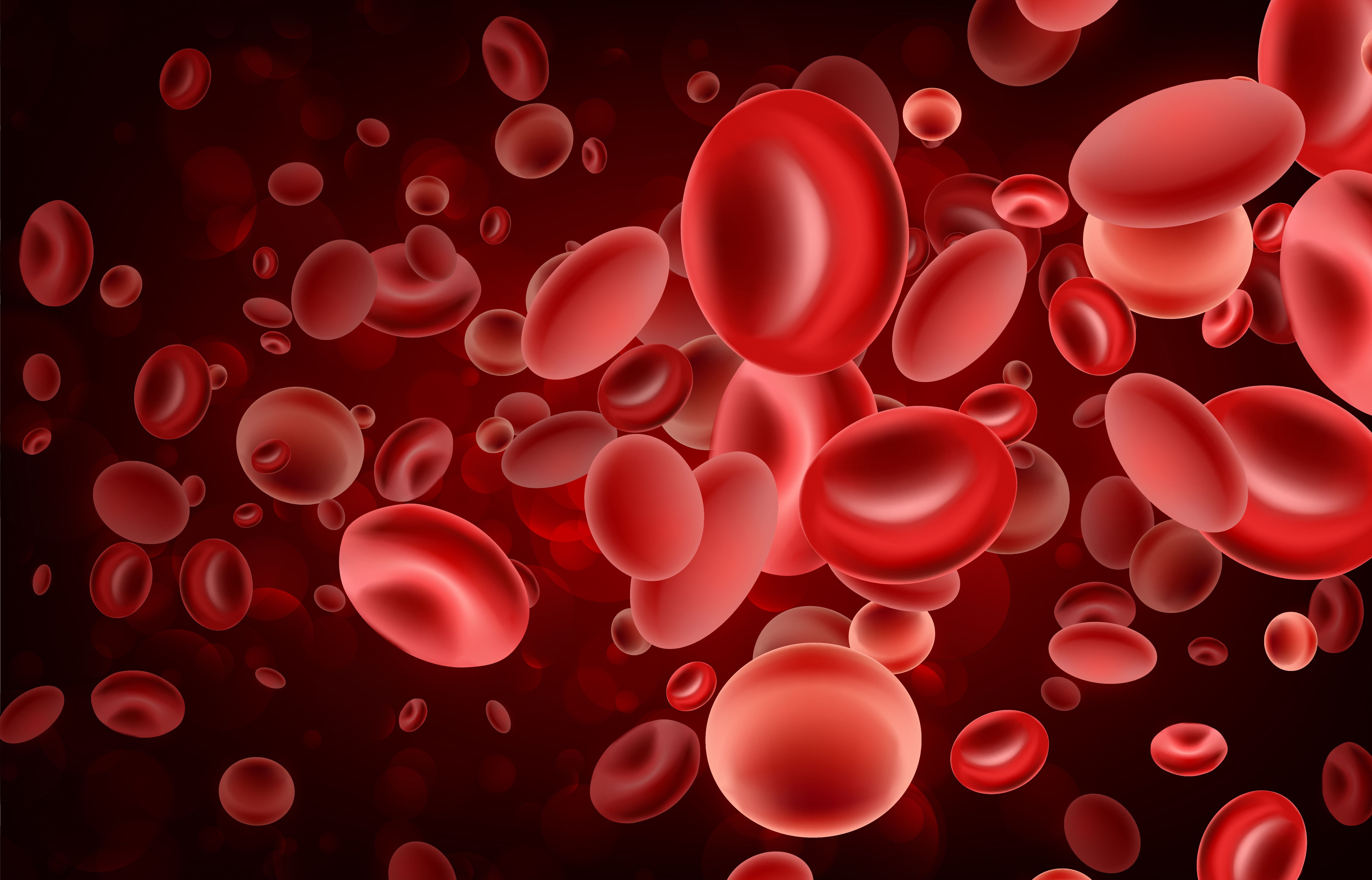Navitoclax Improves Efficacy in Ruxolitinib Monotherapy for Myelofibrosis
In the REFINE trial treatment with navitoclax to ruxolitinib in patients with myelofibrosis, spleen reduction has been observed.

Investigators added navitoclax (ABT-263) to ruxolitinib (Jakafi) therapy, which led to improved efficacy in patients with difficult-to-treat myelofibrosis.1 Researchers measured efficacy using spleen reduction at or above 35% (SVR35) from baseline at week 24 as the primary end point.
At week 24, 9 patients (26.5%) achieved the primary end point of SVR35. Across the entire duration of the study, 14 (41%) patients met SVR35. The median duration for achieved SVR35 was 13.8 months (95% CI, 8.2- not estimable [NE]).
This phase 2, open label, REFINE trial (NCT03222609) randomized patients into 4 cohorts. Researchers reported results from cohort 1a, which consisted of adult patients with myelofibrosis who had progression or suboptimal response to ruxolitinib monotherapy.
The 34 patients in cohort 1a initially received at least 10 mg of ruxolitinib twice daily, and then received 50 mg of navitoclax orally at a once daily starting dose. Dose escalation followed with up to 300 mg, maximum, daily in once weekly increments if the platelet count was 75 × 109/L or greater. The secondary end points were reduction in total symptom score of 50% or higher (TSS50) from baseline at week 24, hemoglobin improvement, change in bone marrow fibrosis (BMF) grade, and safety.
At week 24, of the 20 patients evaluable for TSS50, 6 patients (30%) achieved the desired reduction of symptoms, and 41% of patients achieved TSS50 at any time on study. BMF improved from baseline by grade 1 or more in 11 of 33 patients at any time on study. Of the 11 patients with improved BMF, 7 patients improved by 1 grade and 4 patients by 2 grades. The remaining 22 patients (67%) had equal or worsened BMF grades, with 13 patients having grade 3 fibrosis at baseline.
Sixty-eight percent of patients were male, and the median age was 68 years (range, 42-86). The median duration of time of exposure on prior ruxolitinib was 82 weeks (range, 19-308).
Twenty-four (71%) patients reached the maximum navitoclax dose, 8 (24%) patients reached 200 mg once daily, 1 (3%) patient reached 100 mg once daily, and 1 (3%) patient remained at 50 mg once daily. Adverse events (AEs) warranting navitoclax dose reduction occurred in 26 (76%) patients, and dose interruptions in 22 (65%) patients.
All patients experienced at least 1 AE, and 30 patients (88%) had grade 3 or higher AEs. The most common any grade AEs were thrombocytopenia (88%), diarrhea (71%), fatigue (62%), and nausea (38%). The most common grade 3 or higher AEs were thrombocytopenia without clinically significant bleeding (56%), anemia (32%), and pneumonia (12%).
These results suggest disease-modifying activity in a population with limited therapeutic options after ruxolitinib unresponsiveness or resistance. Studies are underway to further evaluate the combination of ruxolitinib and navitoclax.
REFERENCE
Harrison CN, Garcia JS, Somervaille TCP, et al. Addition of navitoclax to ongoing ruxolitinib therapy for patients with myelofibrosis with progression or suboptimal response: phase II safety and efficacy. Published online February 18, 2022. J Clin Oncol. 2022;JCO2102188. doi:10.1200/JCO.21.02188
2 Commerce Drive
Cranbury, NJ 08512
All rights reserved.